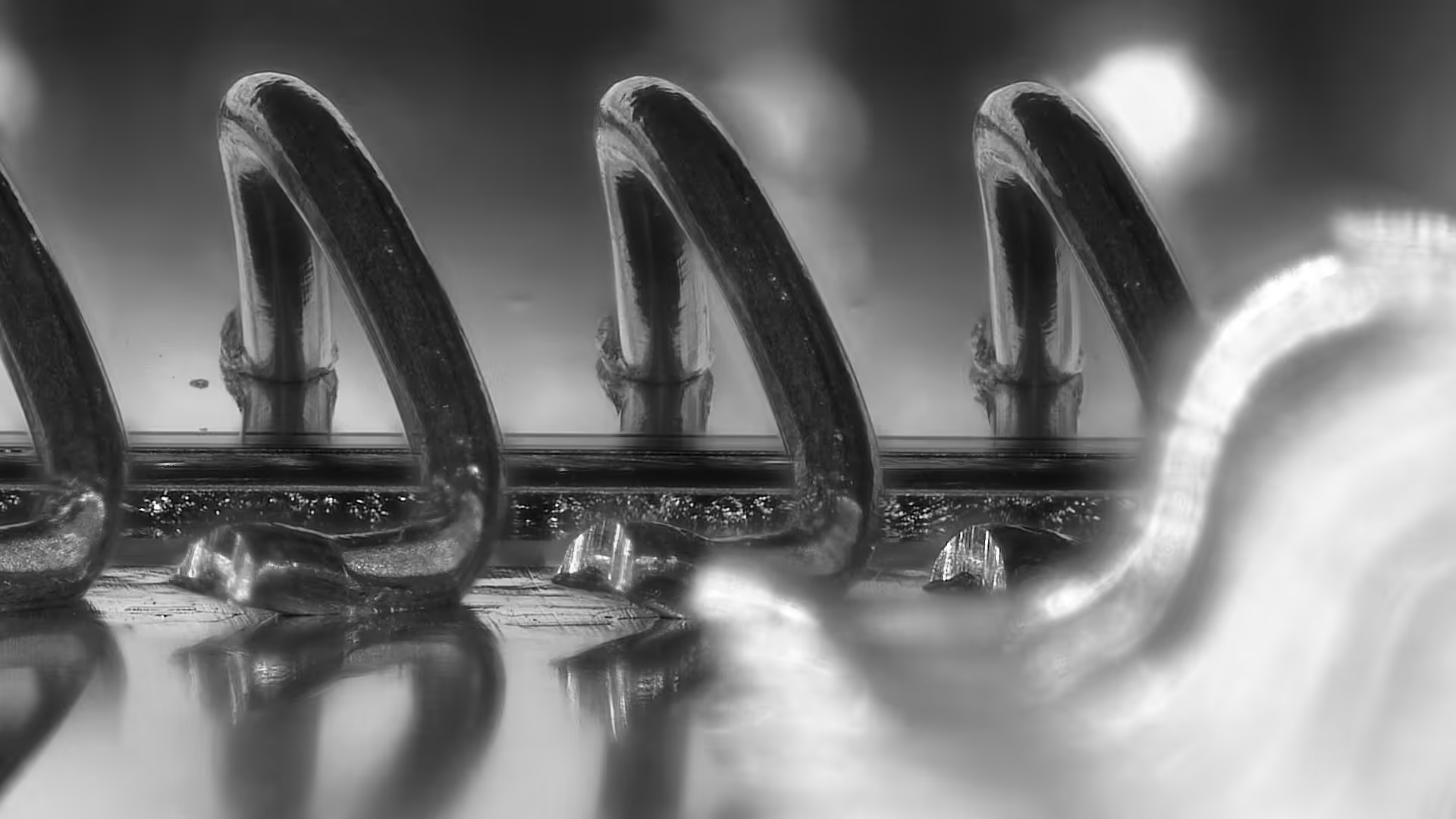Flexible and fast access to expert knowledge and process technology
If you're facing tricky problems, customer complaints, issues with bonding processes, or need help setting up stable bonding parameters, we've got your back.
We'll help you tackle your current challenges and get them solved faster.

Discover our range of expert services

We will set the process parameters, check and document your process quality, and ensure a quick start with your process and stable production quality.

We will check your data, perform in-depth analyses and identify the root cause of any issues, whether it's customer complaints, process errors or failed product qualifications.

You decide individually where and how you need short-term support in your process, e.g. through framework agreements for audits, on-demand consulting packages or on-site support in your process.

You need to check the feasibility of a product idea, provide samples for customers, examine new materials or test surfaces? Our experts will support you in realizing the samples and prototypes you need!
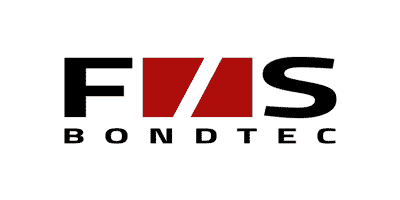
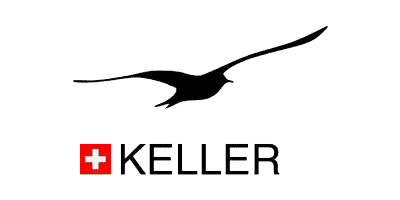
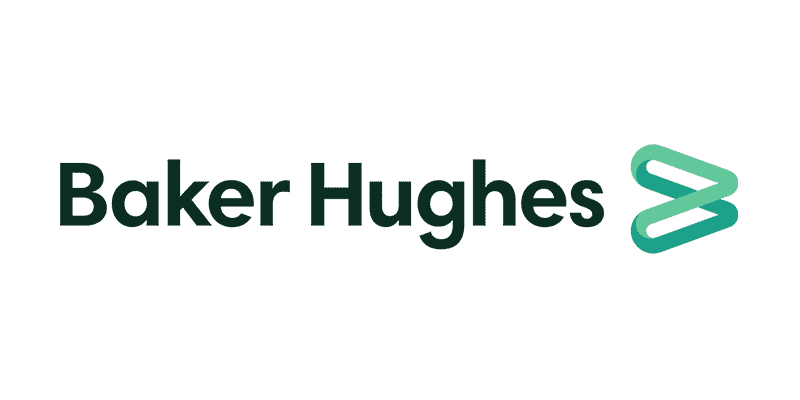
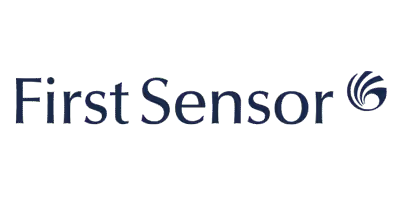
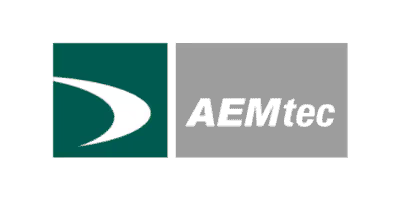
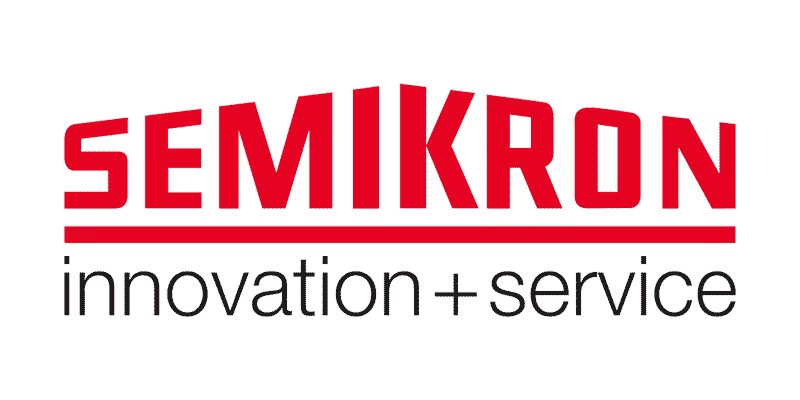
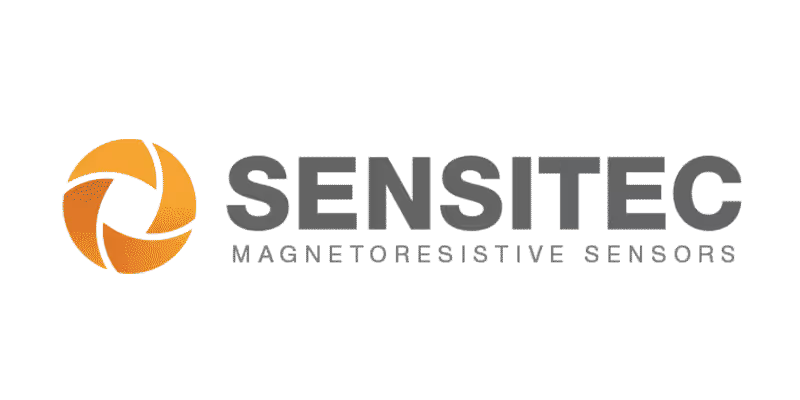
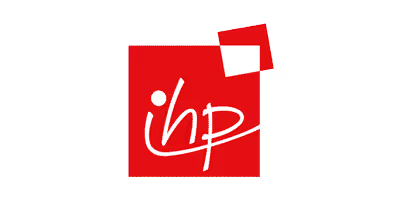
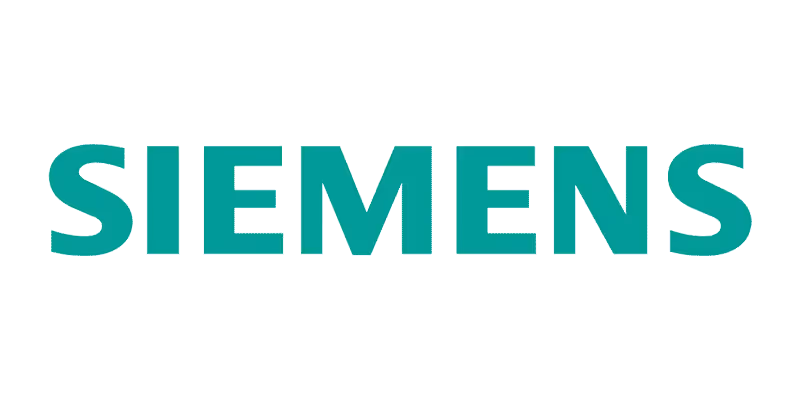
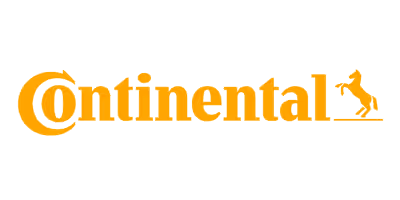
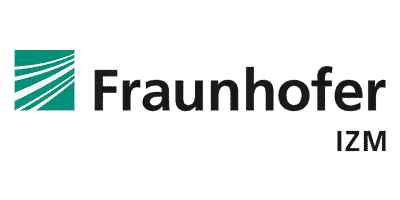
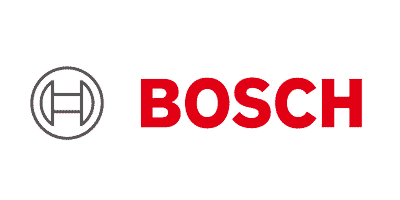





























































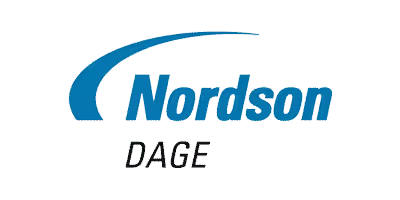
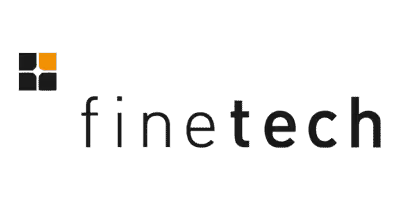
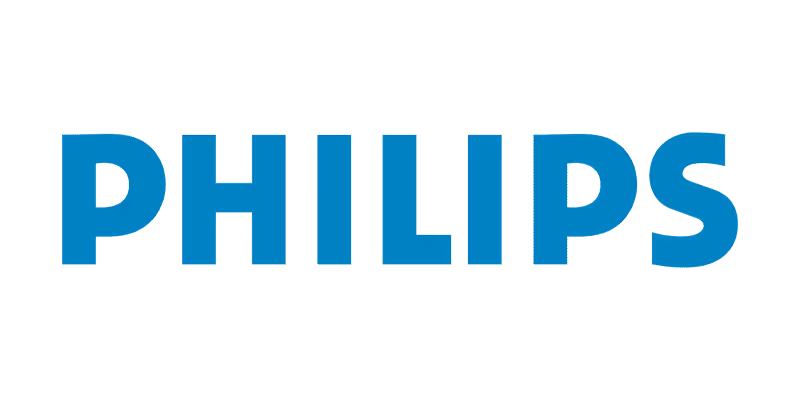
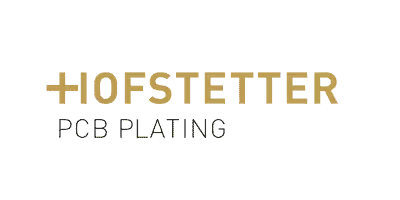
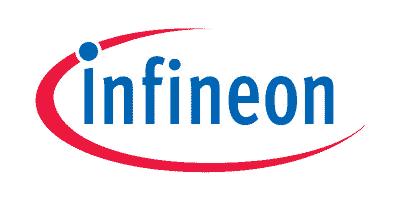
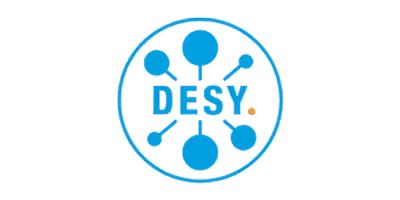
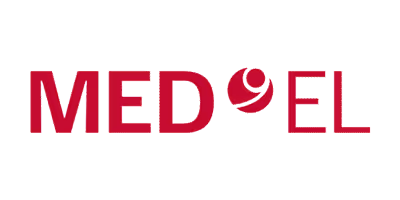
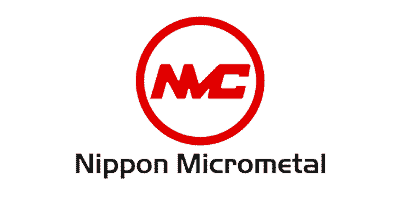
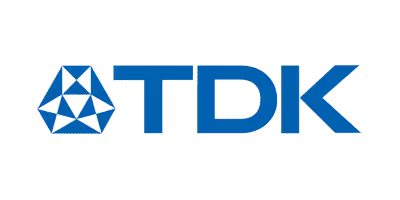
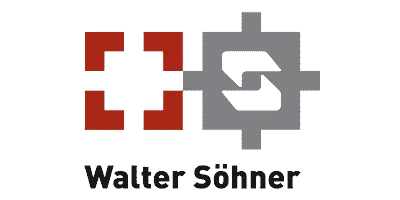
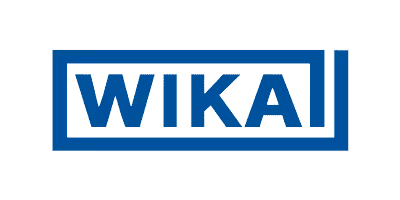
























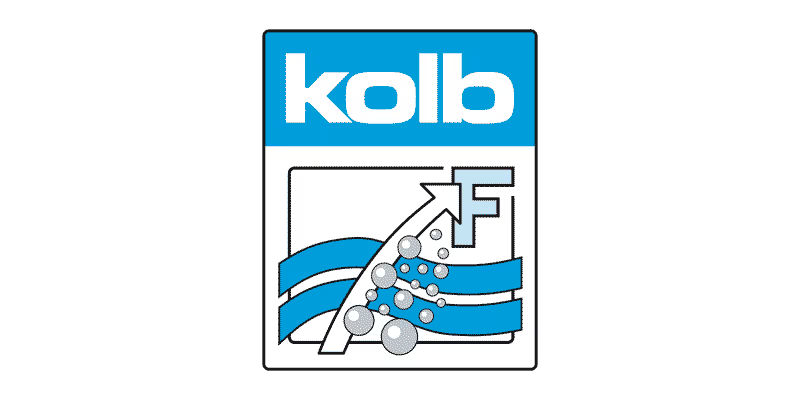
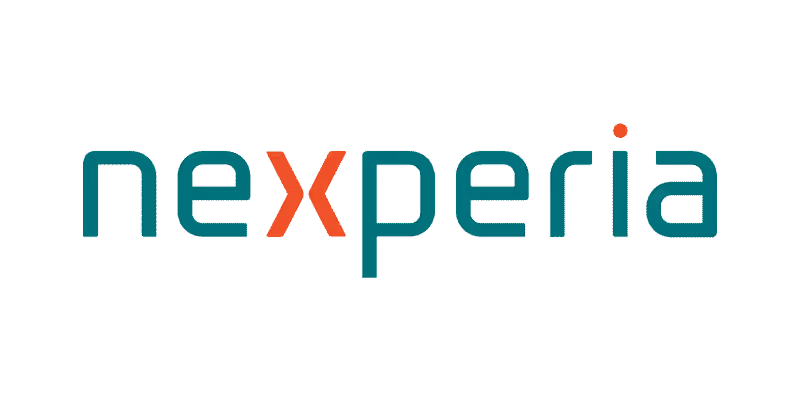

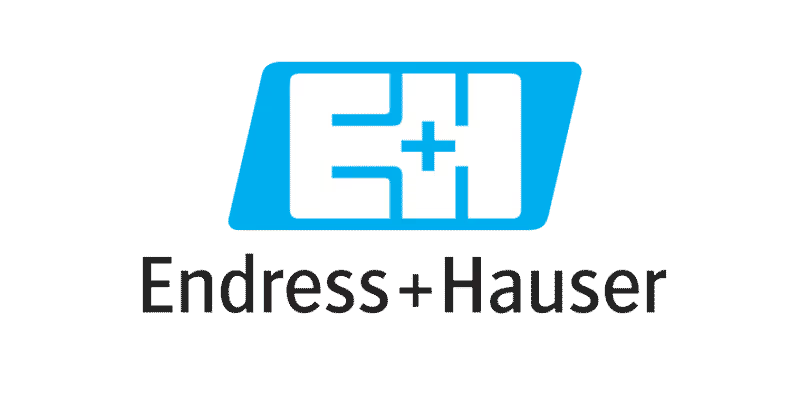
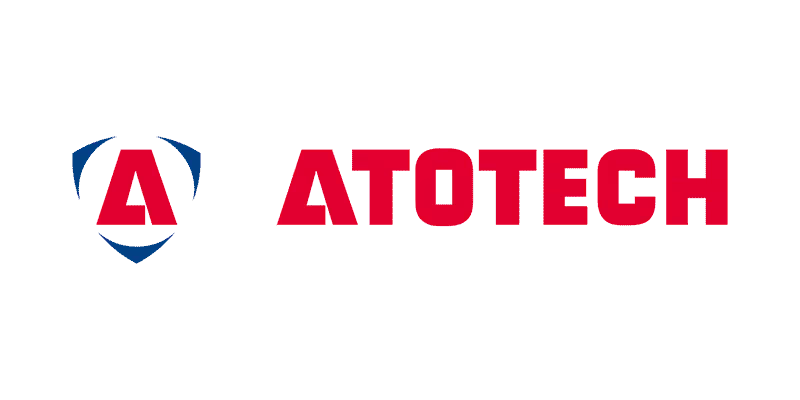
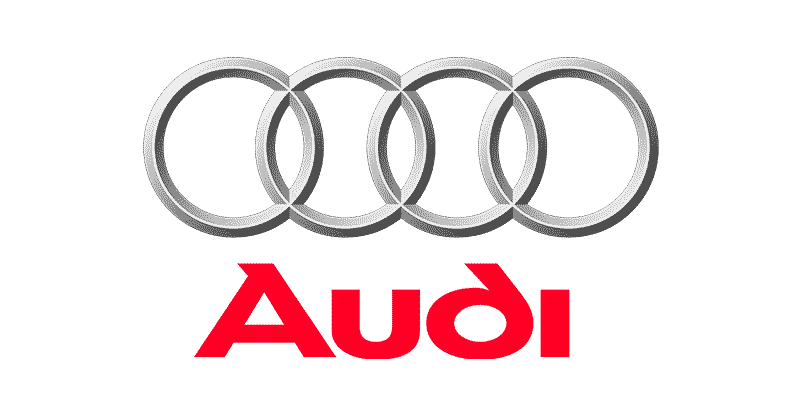
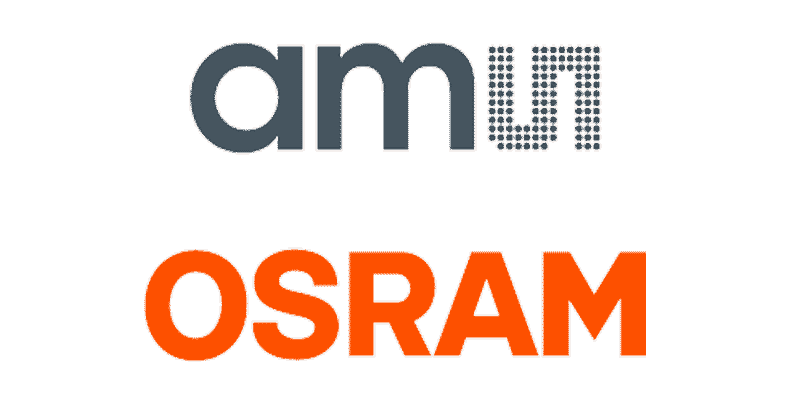
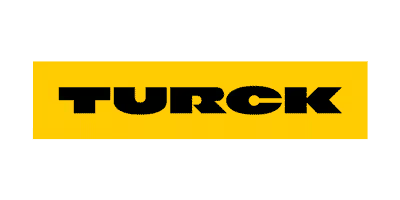
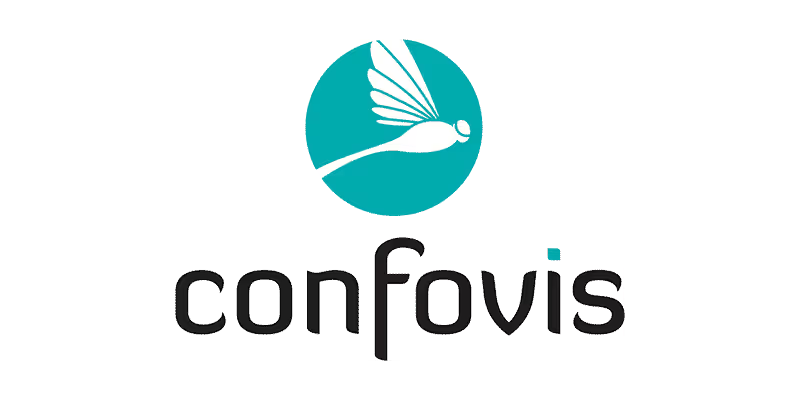
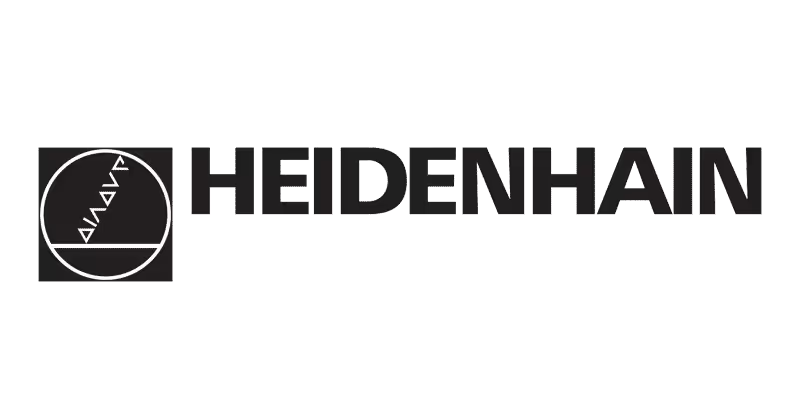


























Get in contact for service & support

Get in contact for service & support

Customer project highlights

In collaboration with the bonding wire manufacturer Nippon Micro Metal Corporation (NMC), aluminum thick wires were subjected to extensive bonding tests. In addition to the classic bond parameter setting and pull/shear testing, advanced DOE methods and interface analyses were carried out. The BAMFIT test method was also used.
The combination of DOE, BAMFIT preparation, topography analysis and specially developed evaluation algorithms has never before been used in this form to optimize thick wire bonding processes.

The confocal topography measurement system TOOL Inspect from Confovis was evaluated in various application scenarios that are typical for the inspection of wire bond contacts. As part of the customer project, it was examined in which areas of process control in wire bonding a suitable topography measurement device offers additional added value and key information on process quality.
In addition to the bond contacts, pad surface and wire bonding tool properties could be successfully inspected, thus improving quality monitoring.

In cooperation with the plating supplier Hofstetter, an investigation was conducted to examine the processability of a DIG layer in the ball/wedge process at varying process temperatures. The abbreviation DIG stands for Direct Immersion Gold, which is a gold layer deposited directly (without a nickel layer) onto the copper of the printed circuit board. The DIG surface has significant potential for fine-pitch applications, particularly in products and applications where a nickel-free surface is beneficial.
The investigations successfully demonstrated that DIG can be wire bonded effectively at all temperatures, including room temperature.
